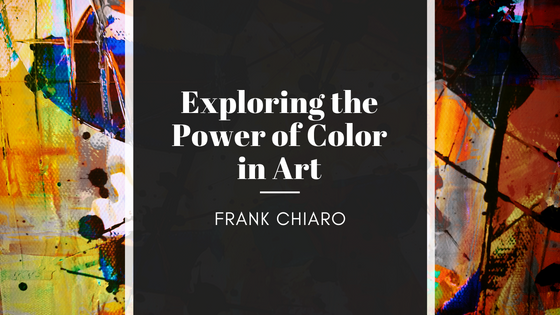Color is one of the most fundamental elements of art, and its power is undeniable. Color can be used to evoke emotions, create mood, and communicate ideas. Whether it’s the vibrant colors of a sunset, the muted tones of a foggy morning, or the bold contrast of a black and white photograph, color is an essential part of the artistic experience. In this blog, learn more about the power of color in art and how it can be used to create powerful works of art.
Color has been used in art for thousands of years, with evidence going back to ancient civilizations such as the Egyptians and Greeks. In the Renaissance, artists such as Leonardo da Vinci and Michelangelo used color to create lifelike portraits and powerful religious works. In the 20th century, artists like Pablo Picasso and Henri Matisse pushed the boundaries of color, using it to express emotions and ideas in new and innovative ways.
One of the most powerful aspects of color in art is its ability to evoke emotions. Certain colors have been shown to have a strong emotional impact on viewers. For example, red is often associated with passion and energy, while blue is associated with calmness and serenity. Artists can use these emotional associations to create powerful works of art that elicit specific responses from viewers.
Color can also be used to create mood in a work of art. The use of warm colors such as red, orange, and yellow can create a feeling of energy and excitement, while cool colors such as blue and green can create a sense of calm and tranquility. The intensity of a color can also affect mood; bright, saturated colors can create a feeling of excitement and intensity, while muted or desaturated colors can create a feeling of melancholy or nostalgia.
In addition to evoking emotions and creating mood, color can also be used to communicate ideas and concepts in art. For example, in the work of pop artist Andy Warhol, the use of bright, bold colors was used to comment on the consumer culture of the 1960s. Similarly, the use of grayscale or black-and-white photography can be used to provide a sense of timelessness or nostalgia.
Color is a powerful tool in the hands of artists. Its ability to evoke emotions, create mood, and communicate ideas make it an essential element of the artistic experience. Whether it’s the bold, bright colors of a modern abstract painting or the muted, subtle hues of a traditional landscape, color has the power to move, inspire, and captivate viewers. So next time you’re enjoying a work of art, take a moment to appreciate the power of color and how it contributes to the beauty and impact of the piece.
